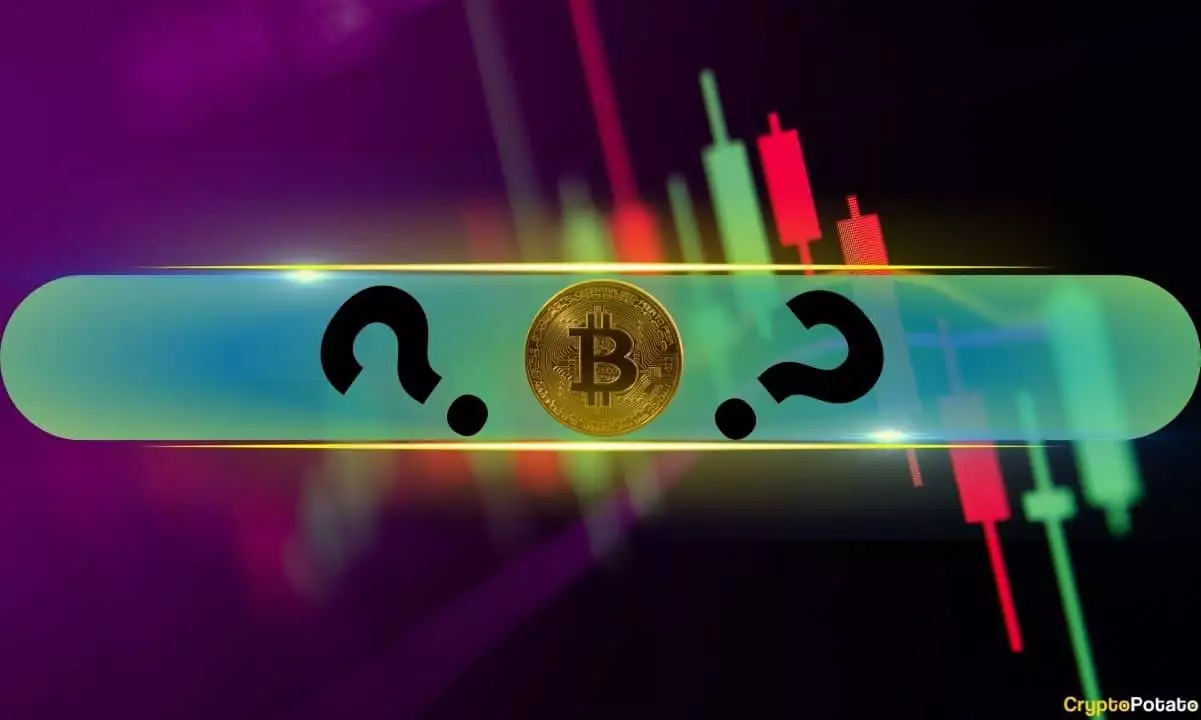Bitcoin’s recent leap to nearly $106,000 has sparked fervent discussions on the fragile interplay between global trade policies and cryptocurrency valuations. This surge can be traced directly to the momentous decision by the U.S. and China to lift the hefty tariffs that had created substantial market uncertainty just weeks earlier. The fleeting nature of these changes emphasizes the alarming volatility inherent in the cryptocurrency market, yet it also shines a spotlight on how interconnected traditional economic policies are with the burgeoning digital currency landscape. As these mega-powers work to mend their trade relationships, the effect ripples outward, significantly bolstering Bitcoin and reinvigorating investor confidence.
The Market’s Evolving Landscape
Over the past week, Bitcoin navigated through turbulent seas, grappling to maintain its value above $94,000. The hesitancy didn’t stop investors from speculating, especially with whispers of trade talks stemming from Switzerland indicating positive movements. The intricate relationship between geopolitical factors and individual investment strategies emerged as a critical theme. The previous week’s reticence transformed into buoyancy as the news broke, momentarily derailing any pessimism as Bitcoin climbed to new heights. This behavioral shift in the market not only illustrates the reactionary nature of cryptocurrency amidst global developments but also poses deeper questions about the sustainability of such spikes. Are we witnessing a true renaissance in Bitcoin’s valuation, or is this merely a blip on the uncertain radar of crypto’s future?
The Ripple Effect: Altcoins Stealing the Show
While Bitcoin stole the limelight, it wasn’t just the singular star on this financial stage. Altcoins like Pi Network ignited conversations with their meteoric rise of over 60% in a matter of hours, drawing attention away from Bitcoin’s dominance. This raises intriguing considerations about the factor of diversification within crypto investments. As investors flock to lucrative opportunities, the prevalence of meme coins and lesser-known altcoins suggests a democratization of crypto investments. The frenzied demand for these alternative assets not only diluted Bitcoin’s historical dominance—dropping its market share down to 59.5%—but embodies a growing recognition that the marketplace is richer and more diverse than ever.
Beyond Monetary Gains: The Broader Implications
The swift ascent of cryptocurrency values, especially Bitcoin’s, coupled with altcoin surges, underscores a larger narrative intricately tied to global economic undercurrents. This recent surge raises critical inquiries about the sustainable architecture of the crypto market. Are these gains built on a substantive foundation or merely the outcome of speculation fueled by political maneuvering? The confidence shown by investors suggests that many believe in the long-term robustness of digital currencies. Nonetheless, the market’s dependence on external policies hints at vulnerability, urging those engaged in crypto investments to maintain a cautious eye on broader economic developments. This oscillation between risk and opportunity is the essence of our current crypto reality.


Leave a Reply